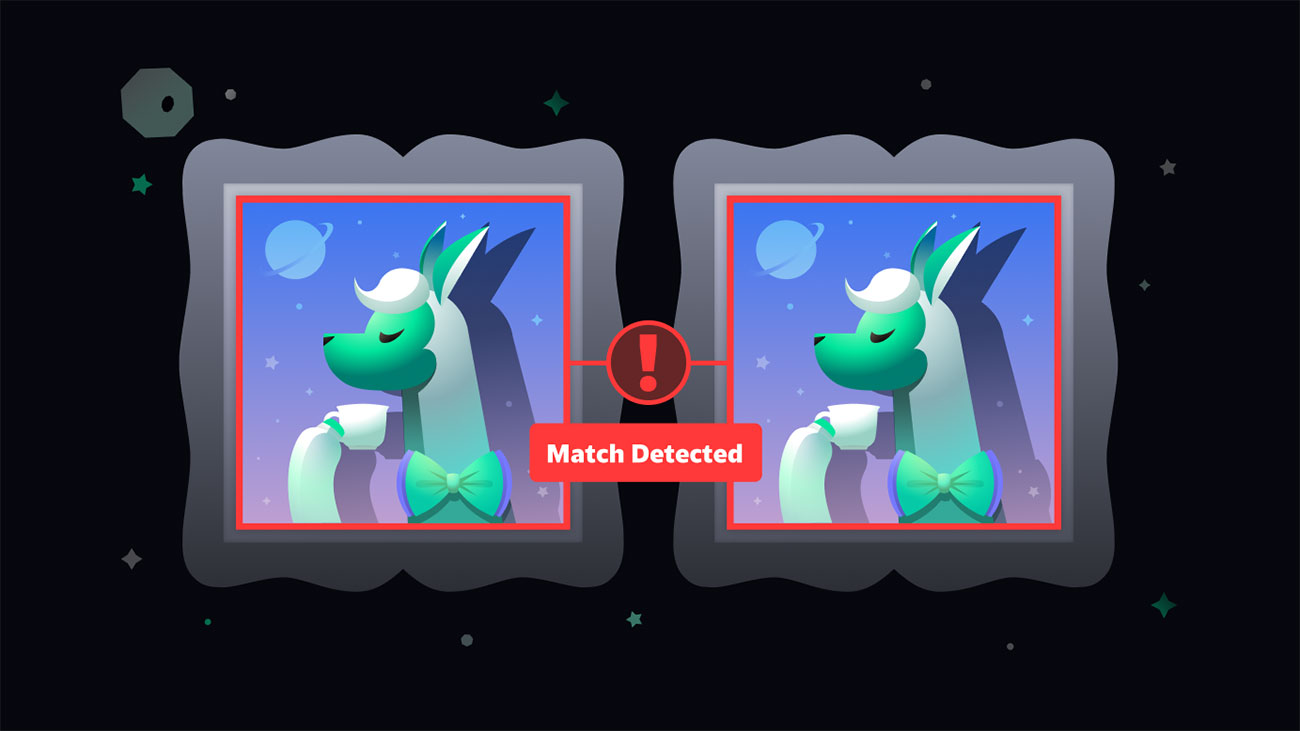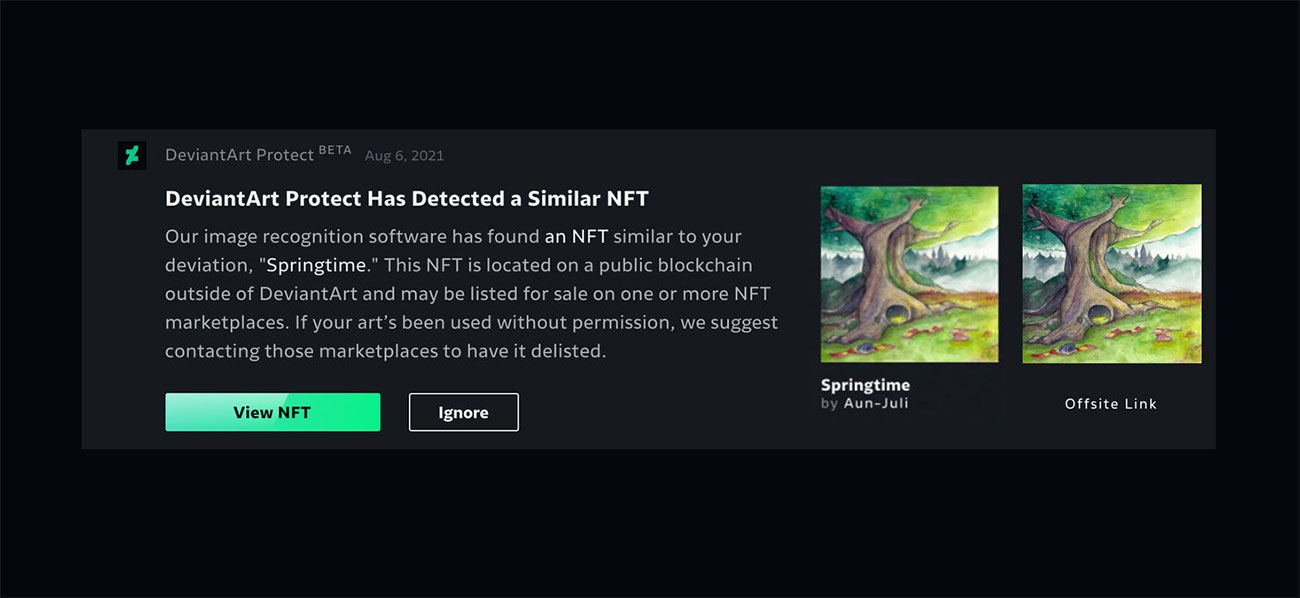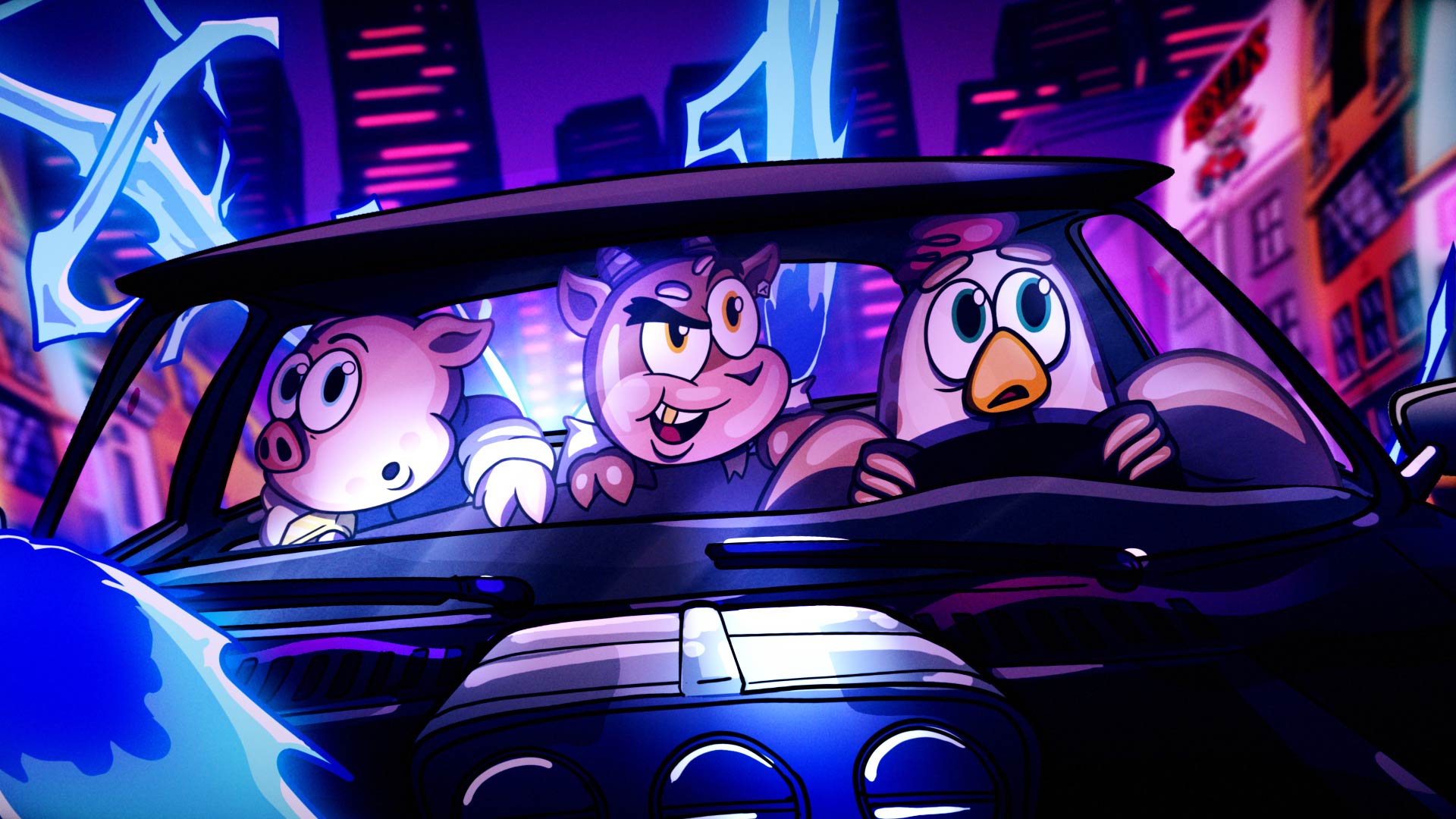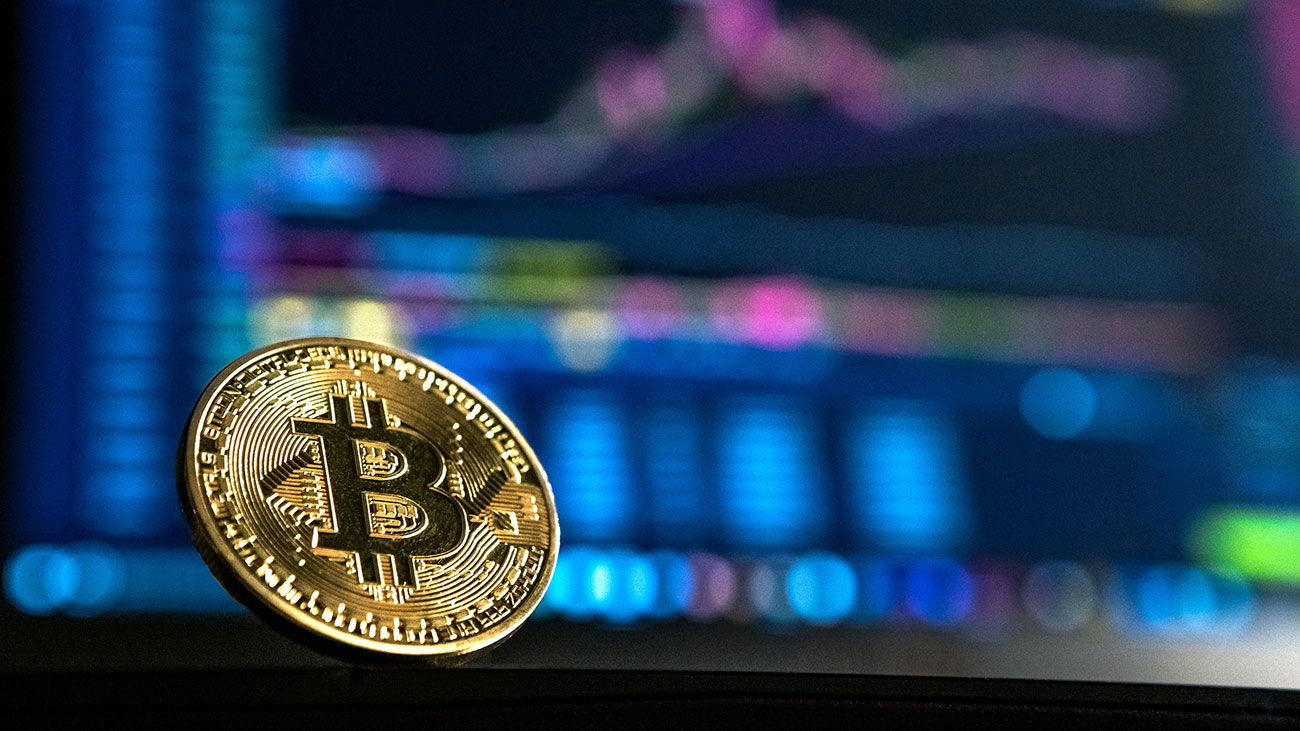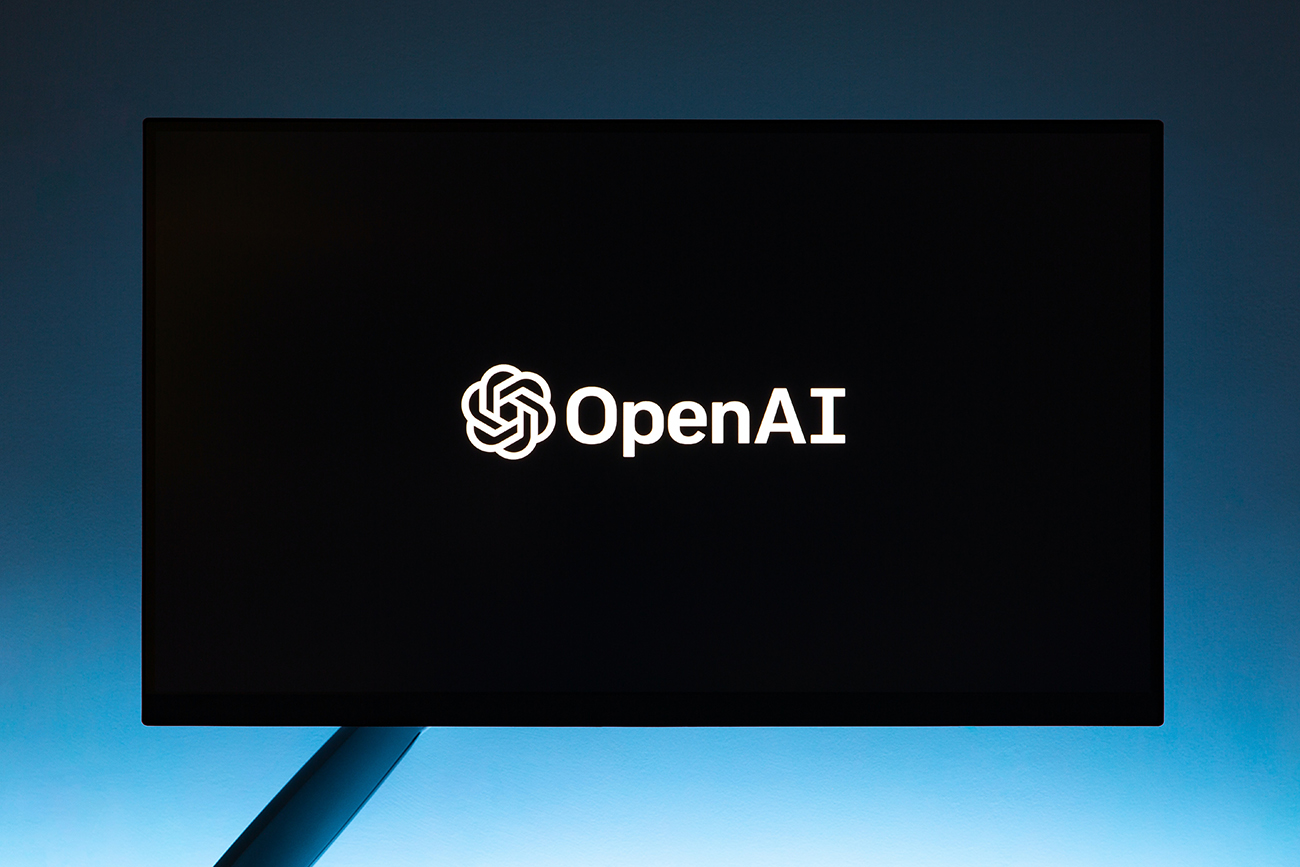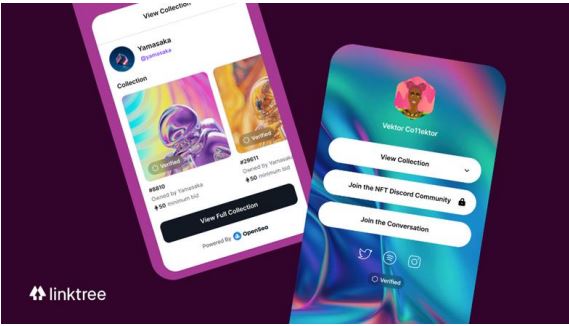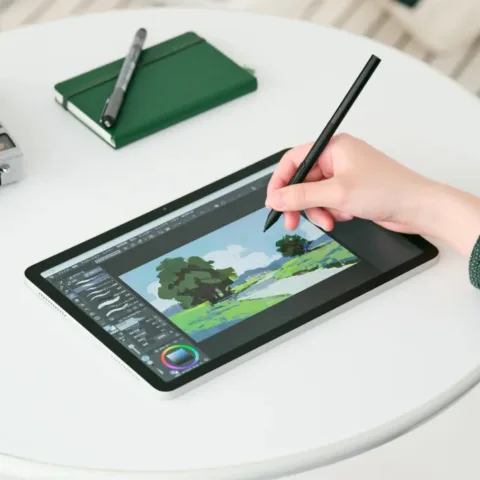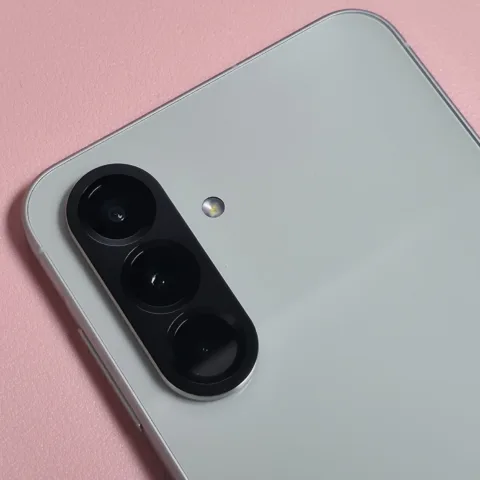Online art community DeviantArt is taking a stance against counterfeit NFTs. It is expanding the reach of DeviantArt Protect, a tool it created last year to help detect stolen art posted to its website. The tool has been updated so that it can also detect stolen works of art that are hosted elsewhere, such as the largest NFT marketplace OpenSea.
DeviantArt Protect works by letting artists upload copies of their work, and match it against NFTs minted on one of several public blockchains. If an identical or near-identical match is detected, DeviantArt will send an alert to the artists, and they can then choose to send a pre-filled Digital Millenium Copyright Act (DMCA) request asking marketplaces to remove the infringing NFT.
DeviantArt is generous enough to let anyone use Protect for free. According to The Verge, each user can upload up to 10 images (totaling up to 2 GB) and have them monitored at no charge. If users need more, they can sign up for DeviantArt’s Core membership program ($3.95 per month), and have Protect monitor up to 1,000 images (totaling up to 50 GB).
The updated DeviantArt Protect uses machine learning to scan NFTs minted on eight different blockchains: Ethereum, Klaytn, Polygon, Arbitrum, Optimism, Palm, Tezos, and Flow. So far, DeviantArt says it has indexed 345 million NFTs and identified over 245,000 infringements. However, the company didn’t reveal how many of those led to a takedown request against an NFT marketplace.
Duplicate NFTs and copymints are a widely acknowledged problem in the NFT space. In announcing the newly updated tool, DeviantArt was quick to point out that not every NFT is minted by the actual owner of the art, and that this allows bad actors to sell and profit from the hard work of the original artists. Recently, OpenSea also launched its own image recognition system in order to deal with copymints.
Removing NFTs from marketplace like OpenSea is one thing, but removing NFTs from blockchain is another. Deleting an NFT goes against the entire point of NFTs, which is to be immutable, and permanently placed onto the blockchain. Despite that, tools like DeviantArt Protect can surely be seen as a major step in making Web3 safer for creators.

